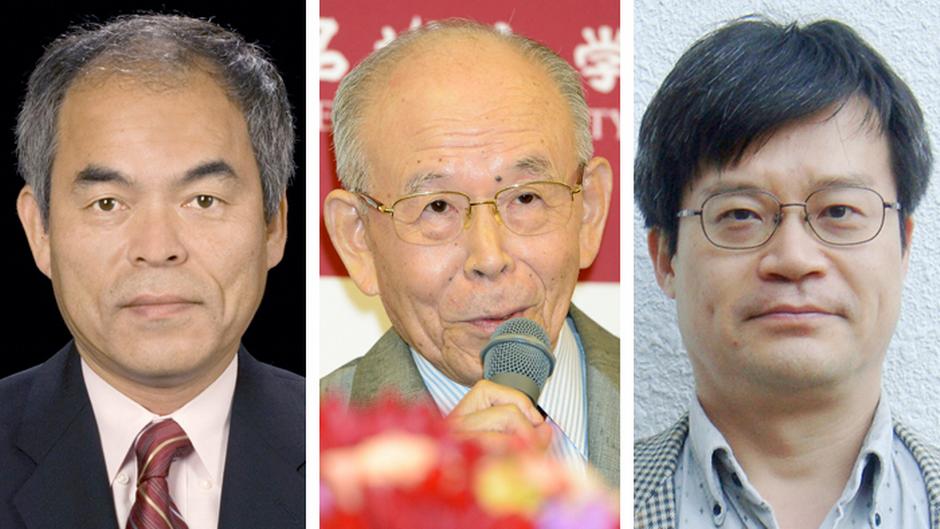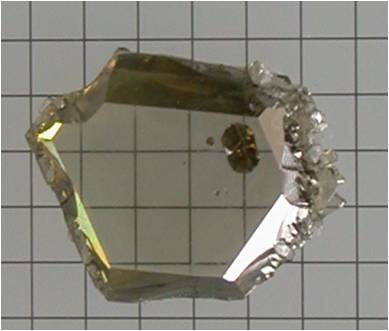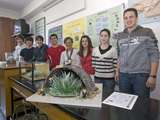2014 Nobel Prize, Blue Light Emitting Diode and Crystal Growth
 |
| Figure 1: 2014 Nobel Prize winners for Physics |
Epitaxial layers of gallium nitride (GaN) – material that exists in the laboratory only – on single-crystal sapphire substrate produce a blue light which can be converted to white light using a phosphor coating. Today these new LEDs are replacing traditional light bulbs and fluorescent tubes worldwide. The white LED lamps are bright, efficient and long lasting. They have improved the quality of life of billions of people around the world: owing to low power requirements these lamps can be powered by cheap, local, solar energy. This discovery directly benefits all of us.
A great deal of information about the Nobel Prize Winners, the blue light emitting diode and its advantages for the whole world can be found in the scientific literature and on the internet. There are interviews, press releases and popular articles.
The reason why we are writing this note is to stress how important to this world-changing discovery is the challenging crystal growth and epitaxial deposition work performed at the beginning of the success path.
To achieve the next step, leading to a high efficiency laser, a new, reliable method of obtaining bulk single crystals of GaN had to be created, implemented and become affordable. This is happening right now as large, high quality GaN crystals are being grown by either high-pressure or amonothermal methods. As this is achieved, many other obstacles, from cutting the bulk crystal in a specific orientation to reducing the number of dislocations, still have to be overcome.
 |
| Figure 2: Gallium nitride crystal. Courtesy of the archives of the IWC Sciences |
 |
| Figure 3: Final of the Spanish schools crystallisation competition |
For many years the IUCr has regularly and generously supported crystal-growth schools and conferences around the world an example can be seen here. These meetings act as forums where new ideas can be formed, discussed and promoted. In the time of scientific budget cuts and limits on basic research in many countries these IUCr activities, as well as those such as the international crystal growth competition for elementary and high-school students, create new interest in the old art of growing crystals. These activities build solid scientific foundations within the future generation of researchers, who – now in their school years – cannot only enjoy the happiness of creating something new and very material: the crystal, but also – and this is extremely important at any age – be applauded and recognized for doing it.
Hanna Dabkowska and Andrea ZappettiniIUCr Commission on Crystal Growth and Characterization of Materials

